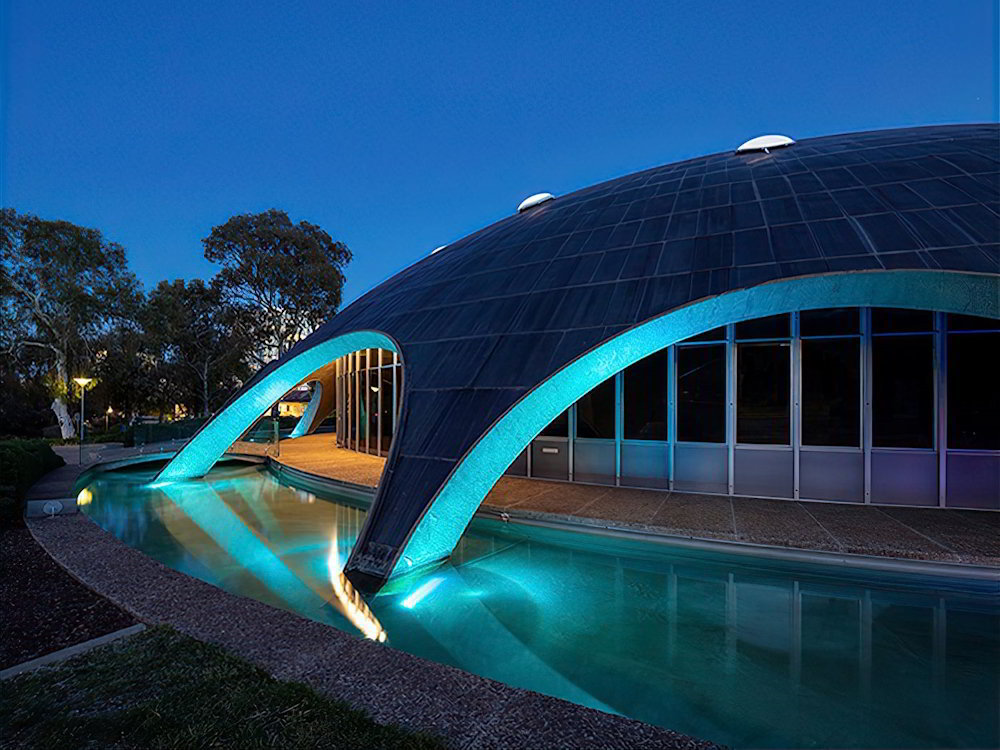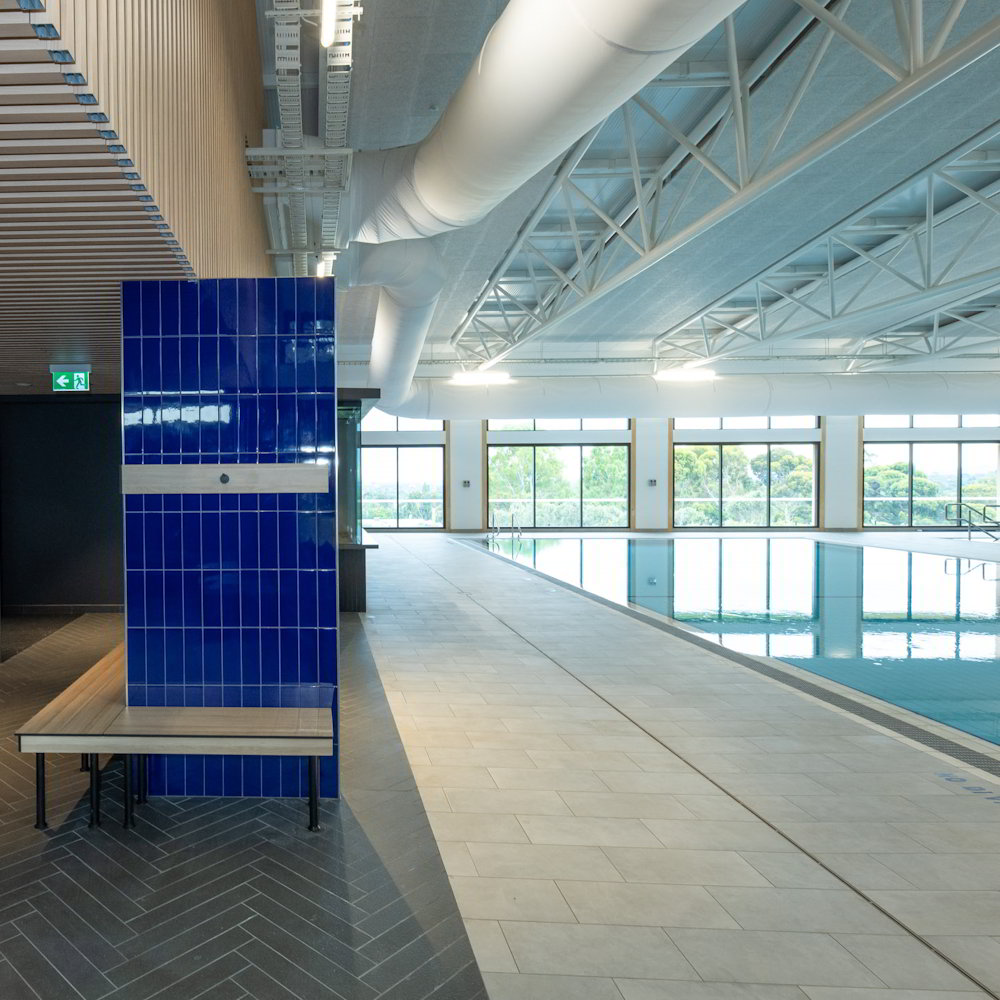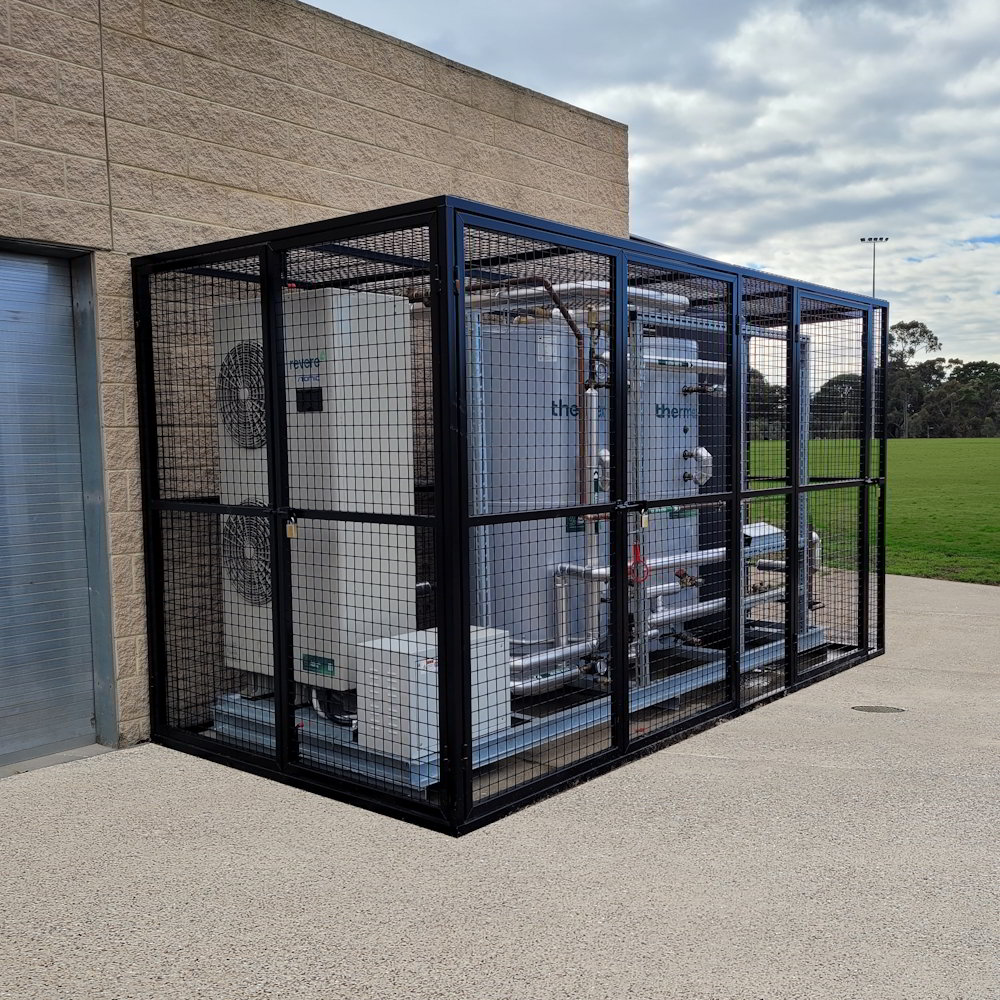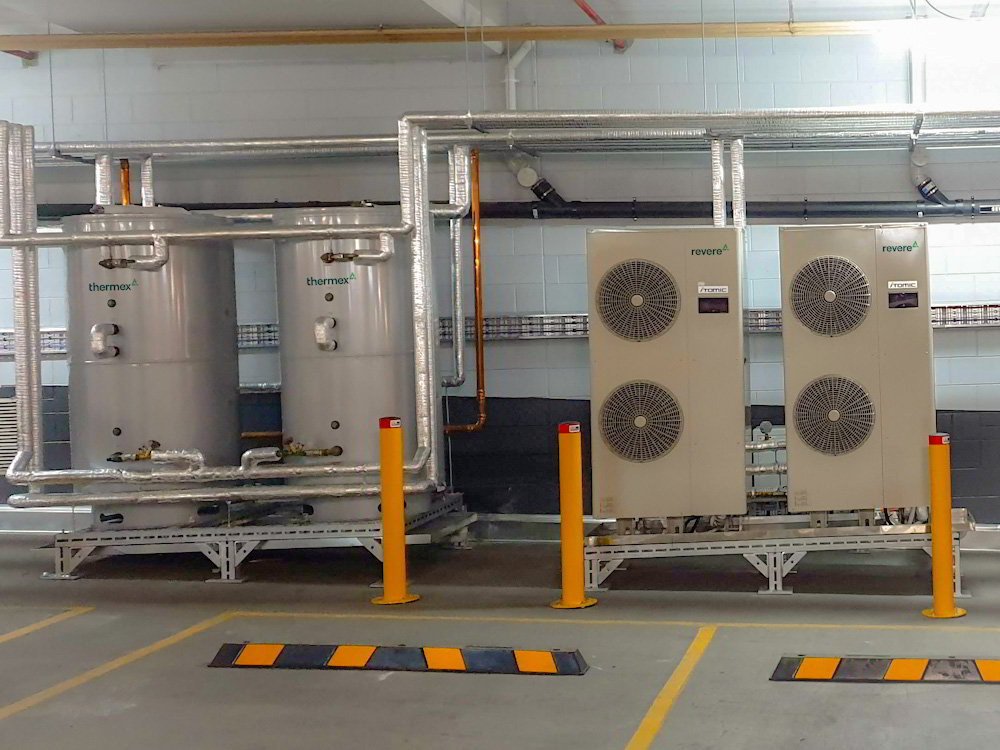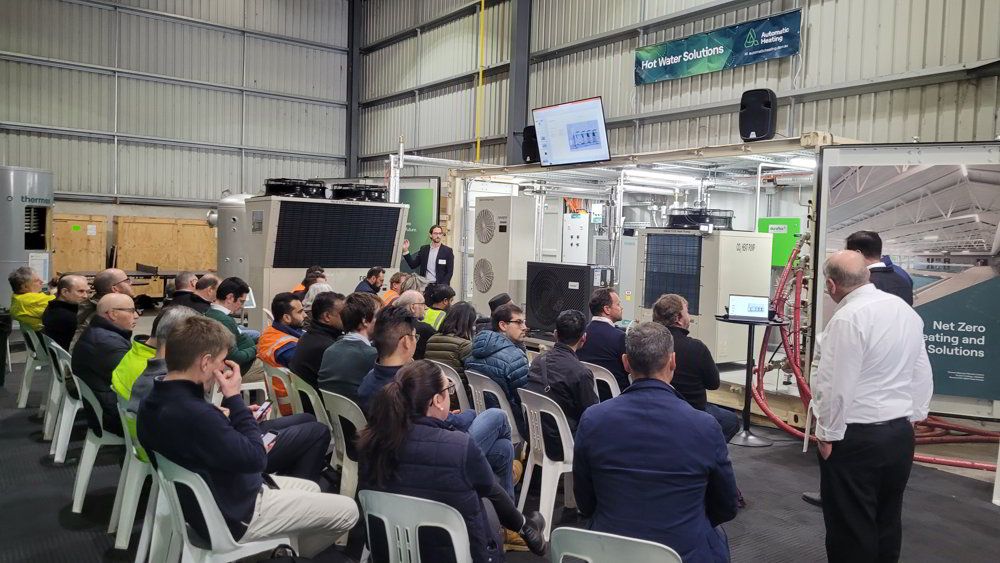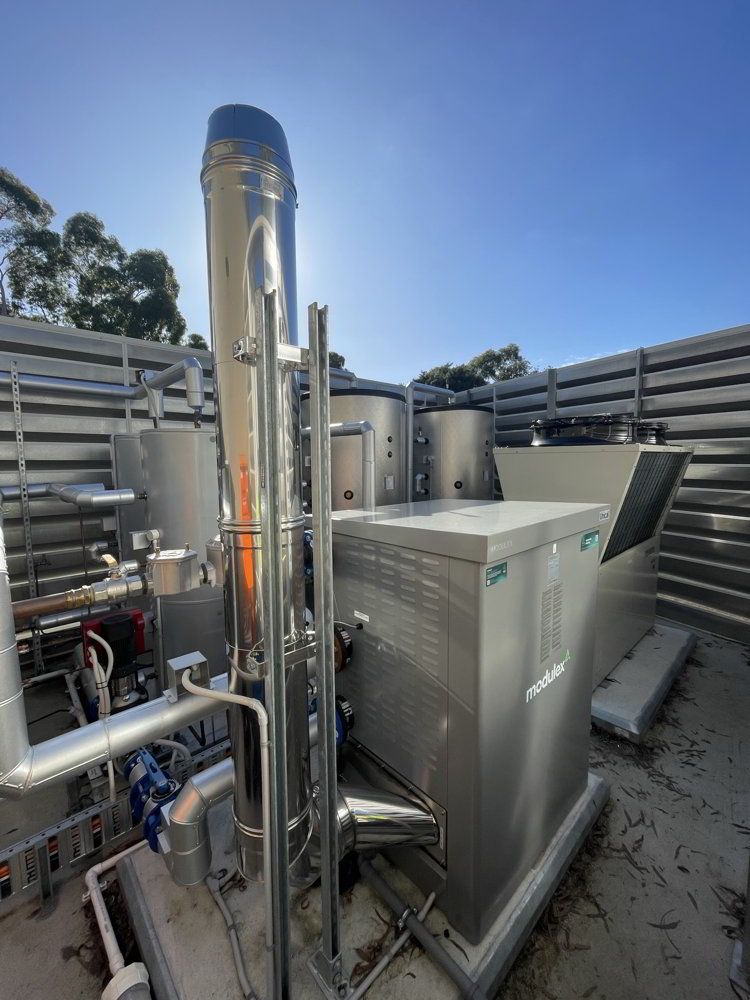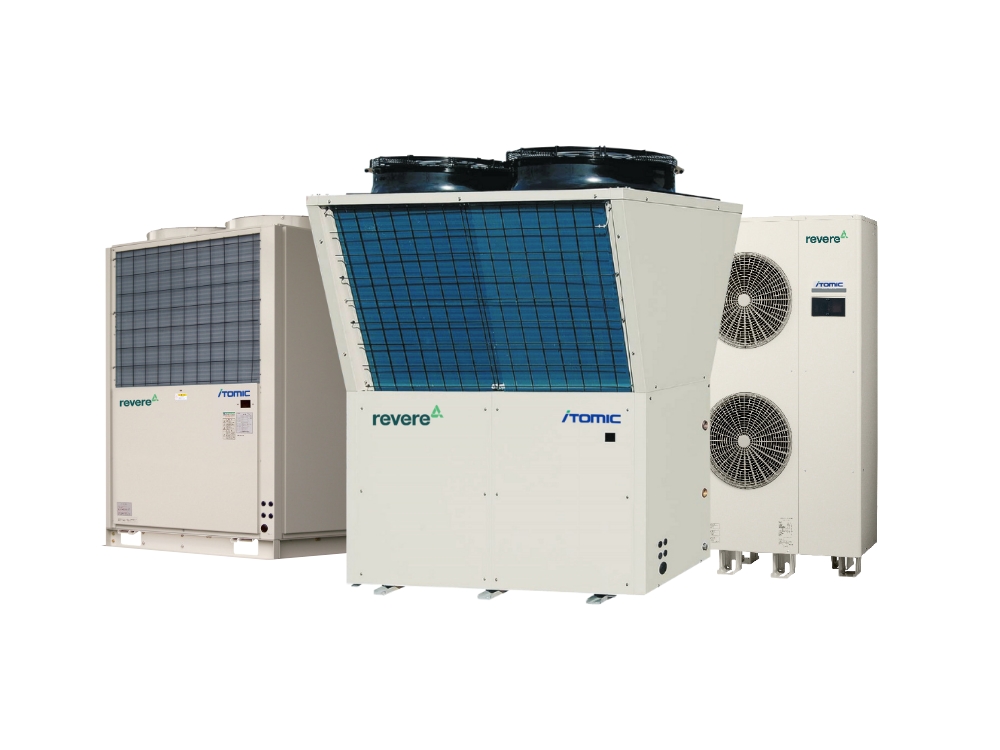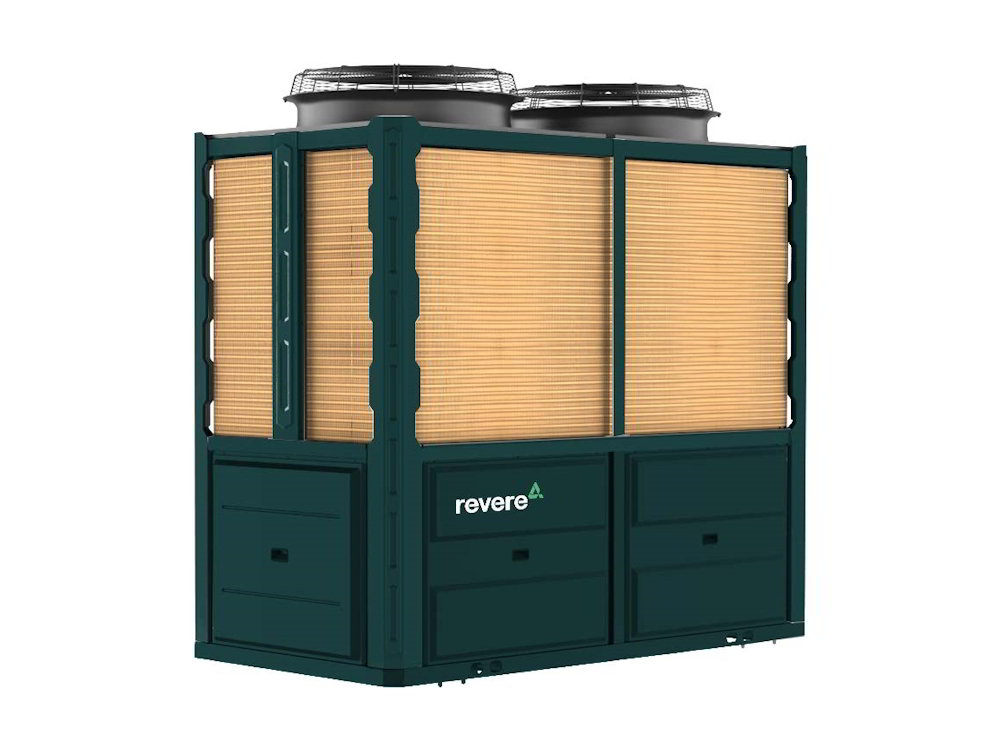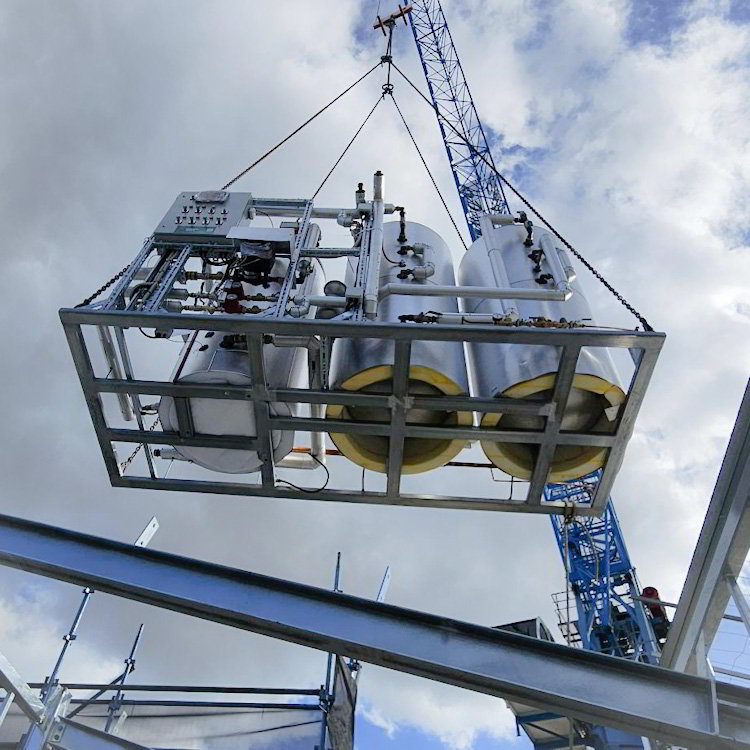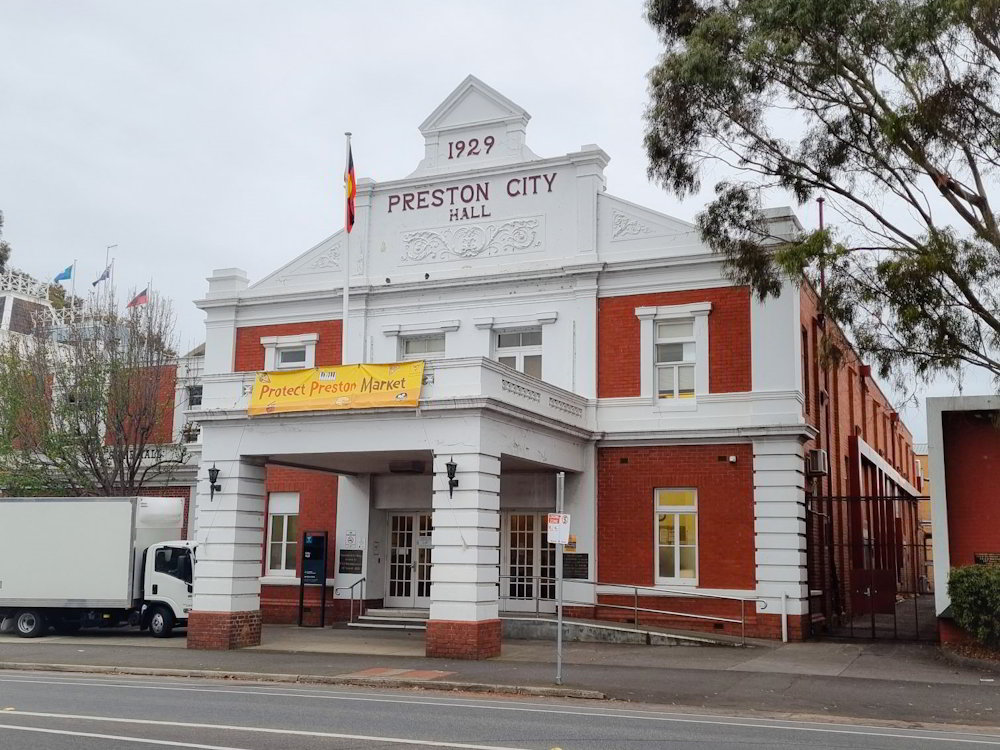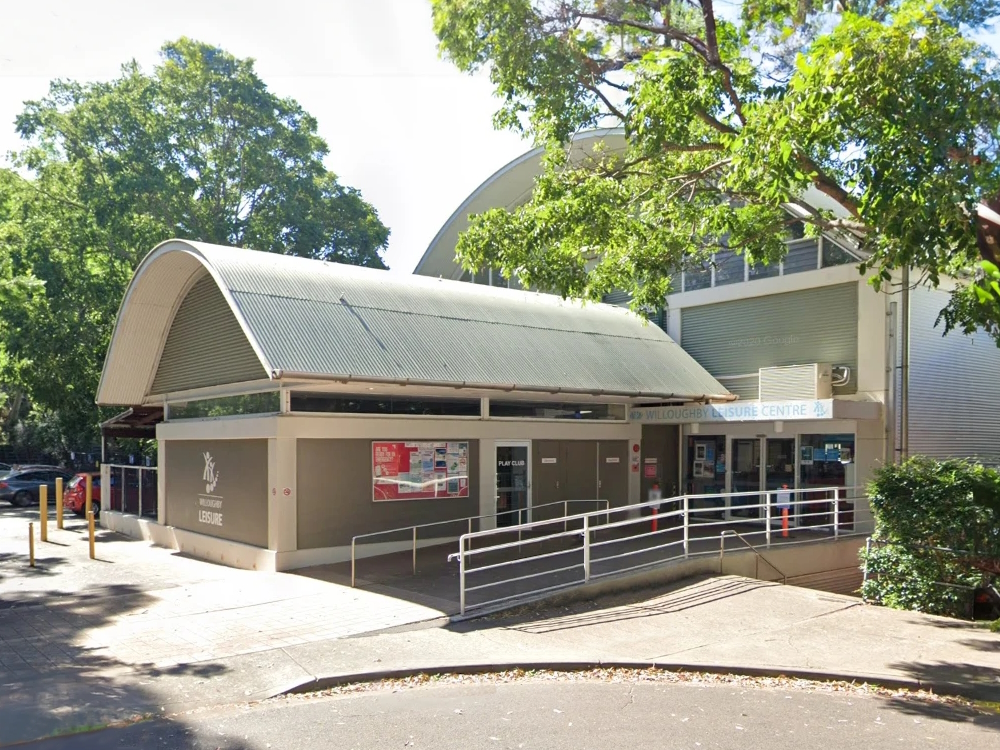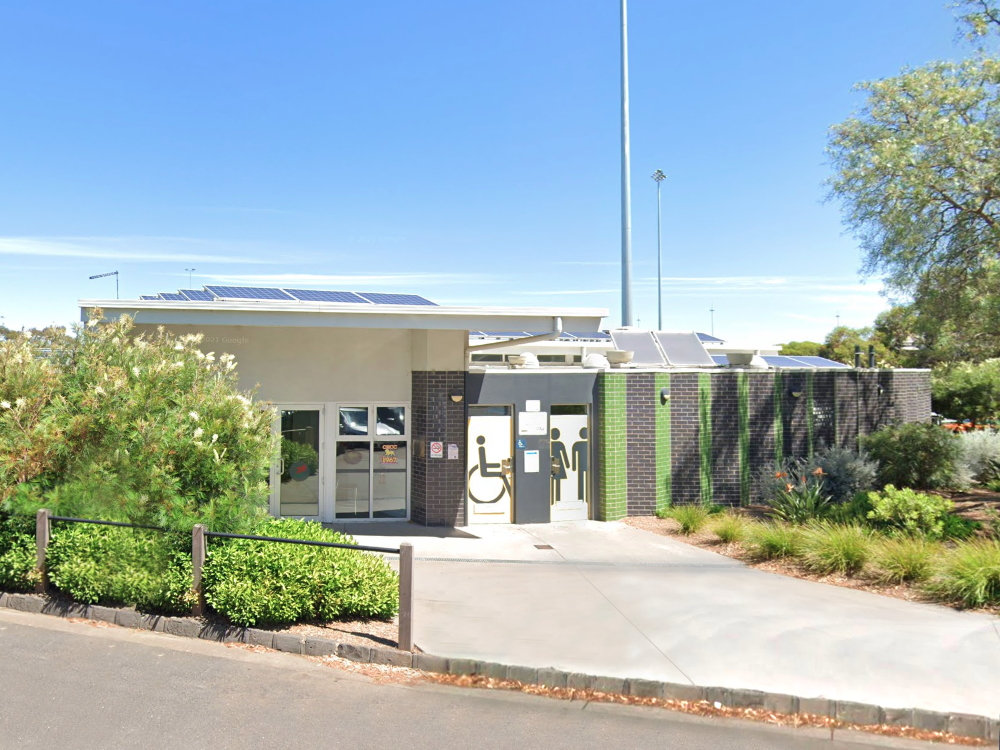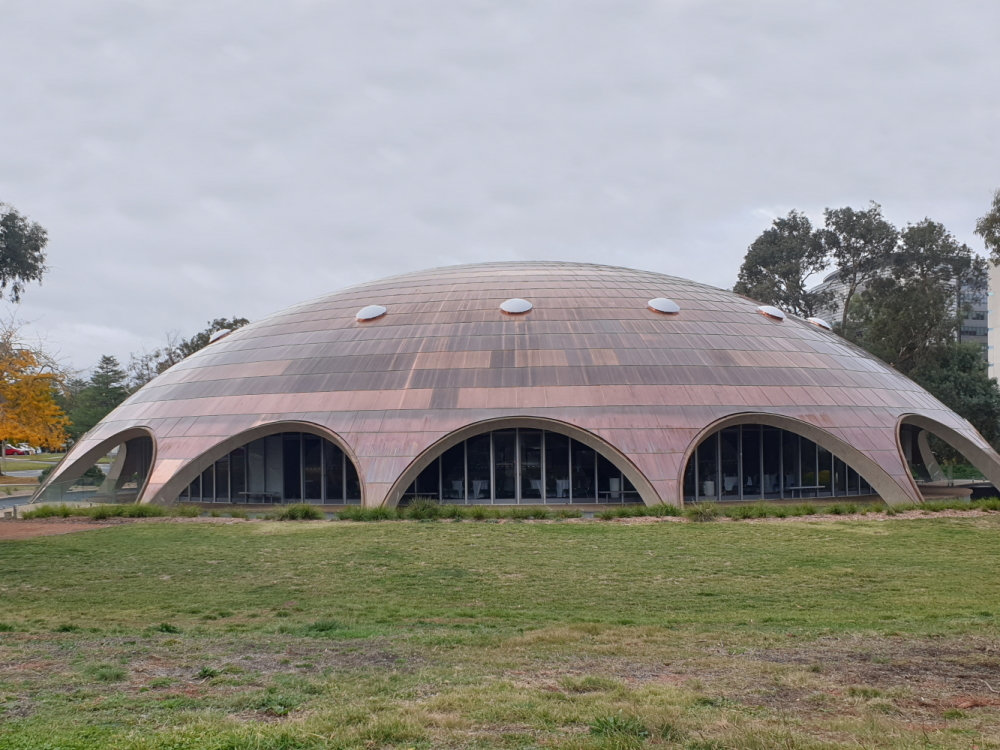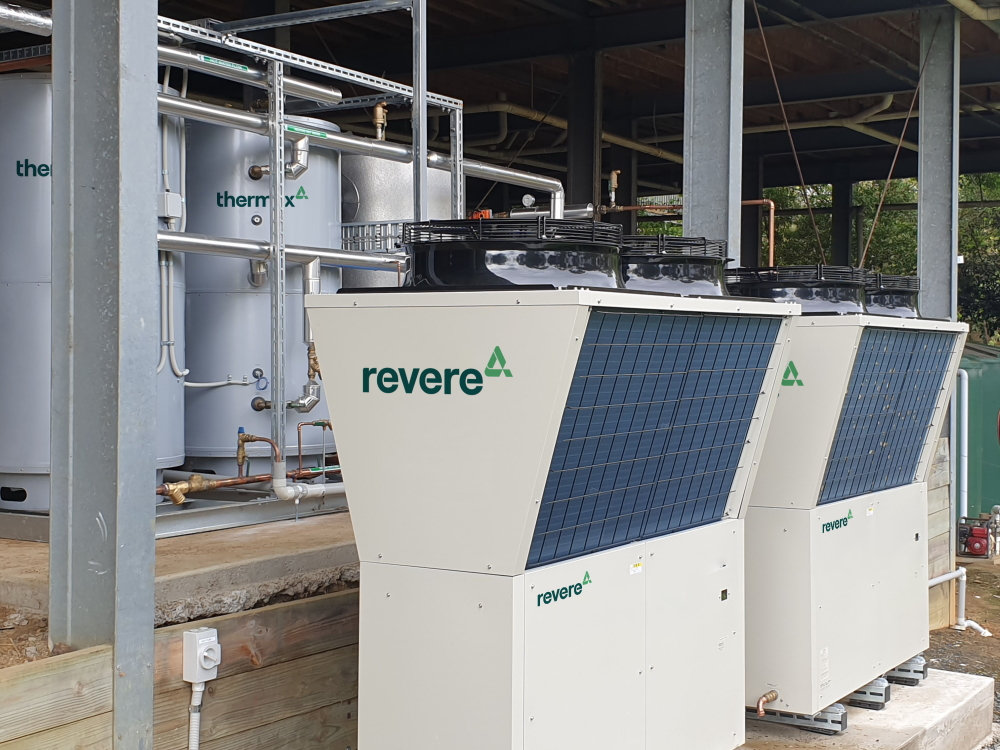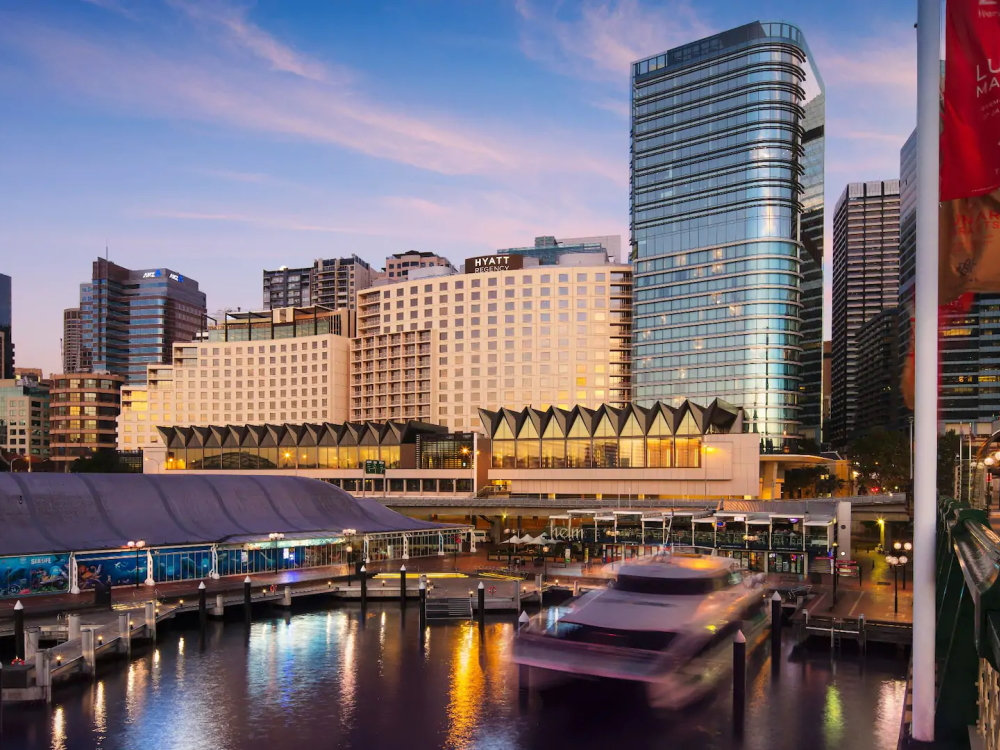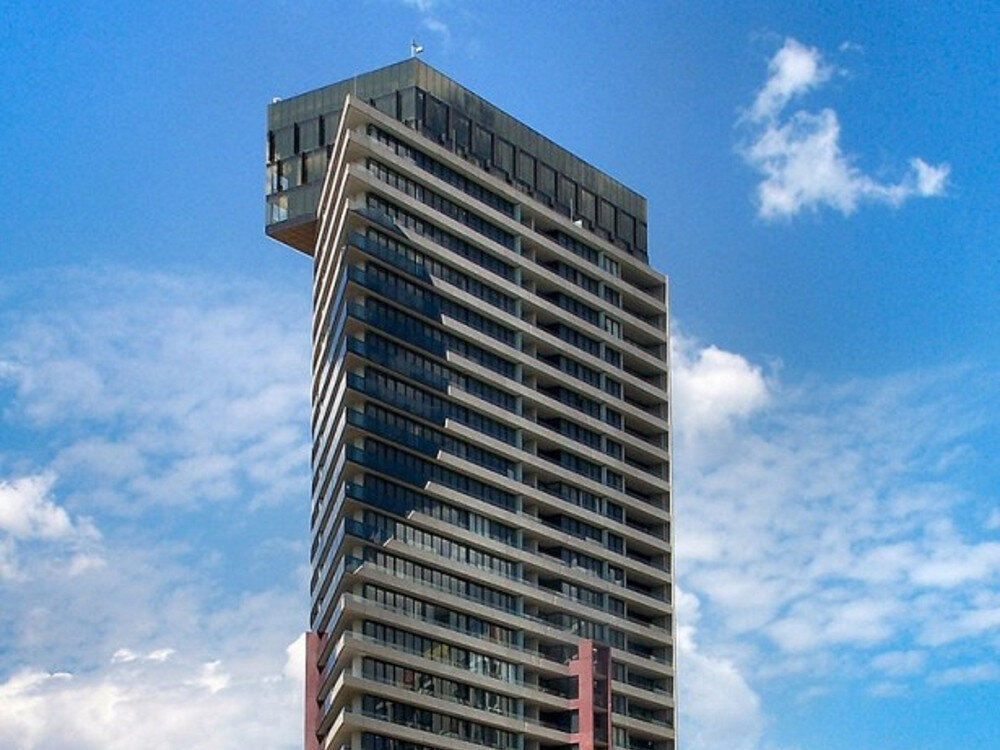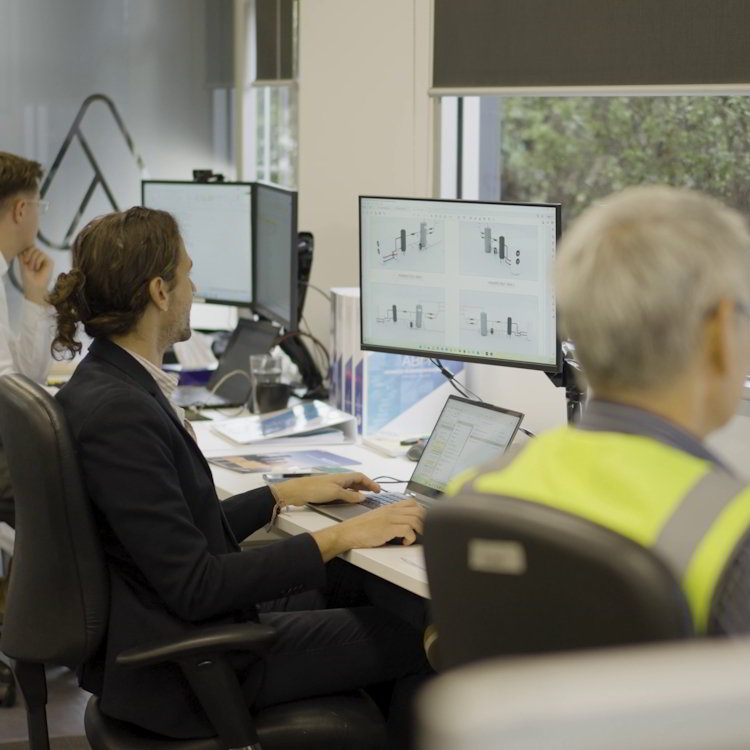In today's rapidly changing energy landscape, Automatic Heating is leading the charge in transforming traditional gas-powered heating and hot water systems to sustainable, electric solutions.
As the world grapples with the urgent need to reduce carbon emissions, the move towards electrification is not merely a trend—it's an imperative. This guide delves into the intricacies of retrofitting heating systems, offering insights into the challenges, solutions, and the innovative offerings by Automatic Heating.
Whether you're a building manager, an engineer, or simply an advocate for sustainable solutions, this guide provides a roadmap to understanding and implementing retrofit heating solutions for a greener future.
Request a call back from one of our technical support staff.

